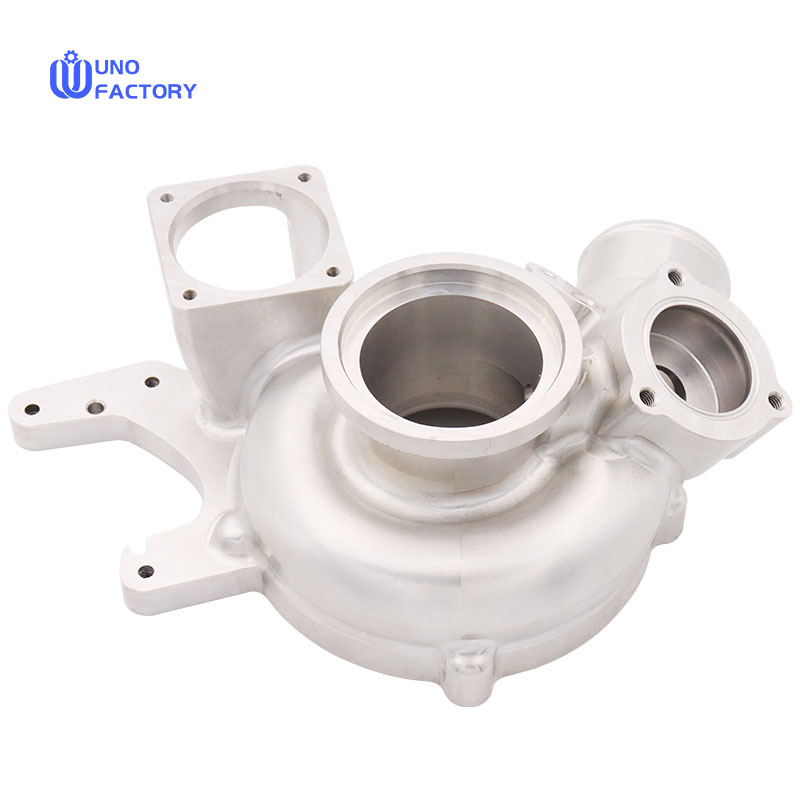Time to read: 6 min

In the manufacturing industry, transforming an innovative idea into a tangible product is a challenge. This article delves into the process of product concept generation, revealing how to turn a customer's initial idea into a product with market potential. We will analyze the importance of concept generation and provide detailed steps to help you understand how to effectively generate and manage product concepts.
In today's competitive market, innovation is key to the survival and development of businesses. However, having an innovative idea is not enough; it is more important to turn this idea into an actual product. The first step in this process is product concept generation.
Product Concept Generation
Product concept generation is the first step in product design, involving a technical description of the product's form and working principles. This stage is crucial because it provides insights that transform a customer's product idea into a description of an actual product.
What is Product Concept Generation?
Product concept generation is often expressed in 3D models or rough sketches accompanied by a brief textual description. It is a process where product developers attempt to provide useful insights into the product's working principles. Although many product developers may overlook or underestimate this step, it is important to note that transitioning from the idea of the perfect product to the creation and manufacturing of such products, concept generation is critical.
Importance of Concept Generation
The modern world is flooded with a plethora of products, making effective concept generation an essential phase in the commercial success of any product. Concept generation is an important process in manufacturing because it eliminates the frustration caused by incompatible or complex products, aiding in prototype development. Consequently, it also saves time, effort, and money.
Concept Development Process
Concept development processes are designed as steps for concept generation, aiming to assist designers in creating a concise product design plan. The creativity and expertise of the product development team are crucial in formulating these processes.
Preparation Phase
This is the most critical phase of the concept development process, as it determines the success of the other stages. Here, the customer has an idea or need for a product but lacks the necessary knowledge to execute such a project, leading them to consult a product engineer.
· Identify Customer Needs
This is an attempt to view the product from the customer's perspective. You must be able to answer the following questions:
- Why that specific product?
- What problem does the customer seek to solve by creating the product?
Often, the customer may not have all the required information. As an expert, you must exhaust all the "whys" to gain a perfect understanding of the intended product.
· Review the Product
Discuss the details of your meeting with the customer with your team. The goal is to give your team a mental picture of the product and the problem it aims to address. The team can brainstorm ideas for the new product and suggest specifications as needed.
· Continuous Documentation
Many product developers fail to document every detail of the project. Often, they believe certain information is irrelevant. However, a design history file is one of the most important documents in concept generation.
Development Phase
This stage involves generating concepts for product design. At this point, every step taken is a result of the ideas generated from meetings with your team. Having a team is crucial in developing concept processes, ensuring a pool of ideas and a group of professionals to delegate responsibilities.
· Research
We understand the urgency to quickly start designing your products. However, researching other companies or similar products and understanding how their products have addressed the same problem is an interesting method for generating concepts.
Exploring existing concepts and optimizing them can save the cost of research and formulating new products. It is easier to implement a pre-existing and working concept than to take the time to generate new concepts.
· Brainstorming
Here, the research is complete. There is a benchmark of a company and a product similar to the customer's idea. The next step is to encourage your team members to come up with innovative ideas based on the research that can be incorporated into your product's design.
Brainstorming will produce multiple ideas, often more than truly needed, thus requiring sorting to determine the useful ones.
Realization Phase
Now you have a multitude of ideas before you. You understand that not all the ideas generated can be useful to the product design. However, the goal was achieved—to encourage team members to speak freely and allow ideas to flow. Nevertheless, the pile of ideas must be reviewed to separate the useful ones from the rest.
· Review Ideas and Solutions
The design history file is a good starting point. Perhaps there were ideas you initially dismissed, but your research and brainstorming sessions with your team have suddenly shed new light on them.
Carefully select the top five ideas based on their applicability to the product design and critique them for potential pitfalls. Moreover, the review of ideas and solutions must be open-ended, as the concept generation process is cyclical. As new problems arise during the product design process, more brainstorming may be needed to generate counter ideas.
· Rank the Ideas
At this point, concept generation is complete. However, you and your team must undertake the crucial task of ranking the selected ideas based on cost, efficiency, complexity, and duration of each design. This way, every idea is ranked and compared based on certain team criteria.
· Design the Product
Once the ranking is complete, you have at least three ideas. It's time to start the product design. Having at least three ideas gives the customer options to choose from. After the customer makes a selection, you can begin illustrating the product in 3D models or start with rapid prototyping.
3. Apply SEO Techniques
SEO Keywords: Product concept generation, product design, innovative ideas, manufacturing, prototype development




